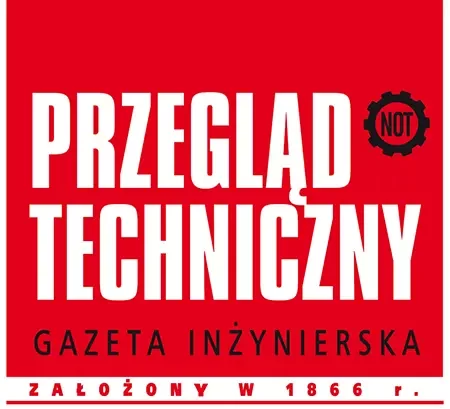Innovation and inspiration
This is the title of the book* honored with an award in the NOT “Technicus’2023” competition. Its cover features a multiplied likeness of Jan Szczepanik, and the title of the publication is completed with the information 150th anniversary of Jan Szczepanik’s birth.
When Alfred Liebfeld in 1957. published the book Poles on the Trails of Technology – where he included more than 30 biographies of our most outstanding technology creators – nor in its first, and even in its third (revised and expanded) edition in 1985, was there a biography of J. Szczepanik, an innovator by all accounts exceptional.
The curious reader may at first think that the publication is of a typically jubilee nature and is entirely dedicated to the Polish inventor. Meanwhile, in this publication – prepared by the Academy of Applied Sciences in Tarnow – things are quite different. Although several texts contain information on the biography of J. Szczepanik and his inventions, the book publishes extensive dissertations in the fields of science, life sciences, medicine, engineering, social sciences and even literary studies. The latter includes a text on …fiction, by the editor of the entire volume, Professor. Ewa Krzyńska-Nawrocki: Train for Innovation. Railroads in the prose of Stefan Grabiński.
J. Szczepanik himself and his inventions and patents were devoted to 5 out of 17 texts. This is by no means an indictment of the book’s publisher and editors. The common denominator of the works of the authors included here, who represent different scientific specialties and professions, is that they share a creative outlook on contemporary research challenges. In which, a multifaceted, interdisciplinary approach to the concept of innovation itself is very helpful. Hence the multidimensionality and even clear holistic view of specific problems that need to be solved here and now.
Thus, into the hands of the Readers a special – and in a sense unique – publication arrives, where engineering and the humanities not only exist in unison side by side, but intermingle in the sphere of ideas and …practice. The authors, emphasized in the introduction to the publication: interested in the figure and inventions of this innovator (J. Szczepanik), present solutions that are important to their scientific interests and that have changed or are changing the contemporary face of the scientific fields they represent.
Thirty-three authors discuss a wide variety of issues in terms of the presence of innovation-like contributions in a particular idea. One of the texts deals with verification of the geological model using electrical resistivity tomography. Another data acquisition and processing for modeling cardiorespiratory endurance in physically active people. Descriptions include. The results of the study of disability and effectiveness of surgical treatment of herniated nucleus pulposus of the lumbar spine. Issues of non-standard, innovative cases in surgical management were also addressed. The process of modeling the shelf life of innovative dairy products using cottage cheese as an example is presented. A new hybrid method for determining the time and frequency characteristics of loudspeaker assemblies is described. The issue of the development of new technologies, awareness of the risks of using them, and protection of Internet of Things (IoT) devices at the local network edge were addressed.
The application of 3D computer modeling technique in the process of digital visualization of the New Synagogue in Tarnow is presented in detail. Its construction began in 1864. and was not put into operation until 1908. The Nazis set fire to and completely destroyed this religious building in November 1939. Thanks to the work, which lasted several months, the New Synagogue was digitally mapped and thus given life again, this time in and through a “digital space.”
And if we talk about the achievements of J. Szczepanik, then a careful reading of the book will also provide the reader with information. So at this point, let’s just note the titles of the articles: A man of three changes, Innovation of Jan Szczepanik’s methods and inventions in the light of Polish and foreign press; Telectroscope, or how the dream of transmitting images at a distance became a reality; “Apotheosis”, or in the world of tapestries by Jan Szczepanik; Jan Szczepanik’s research on determining the colors of materials and The evolution of modern fabric.
Finally, one can’t help but recommend an original and great-reading text about… some 19th century notions of innovation. And the thing is about cultural facts, including intriguing issues related to, among other things. With the characters of Stanislaw Wokulski, or Sherlock Holmes. I heartily encourage you to make this interesting reading of this, as well as all the other texts.
Marek Bielski



